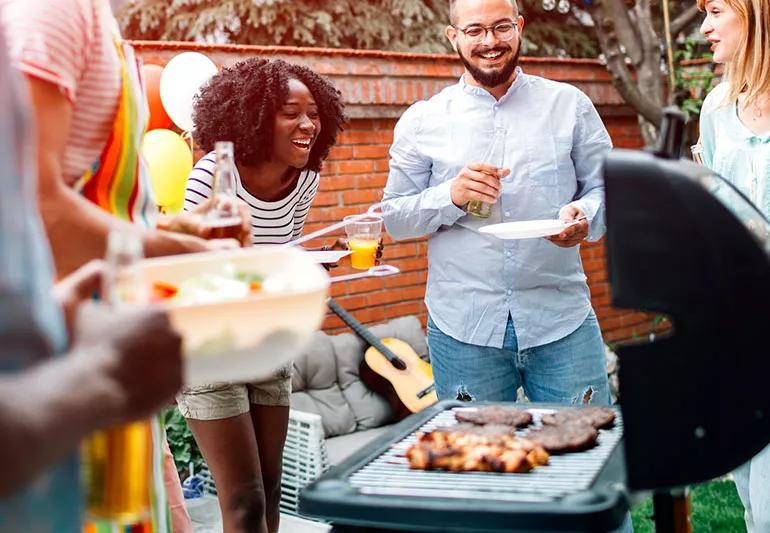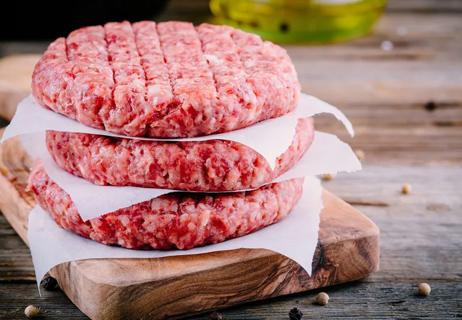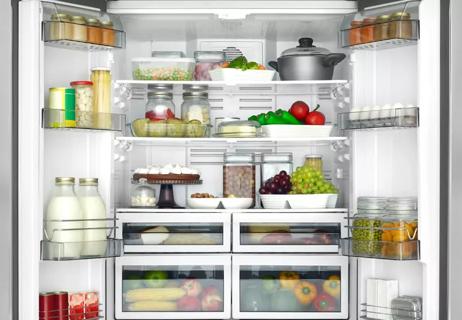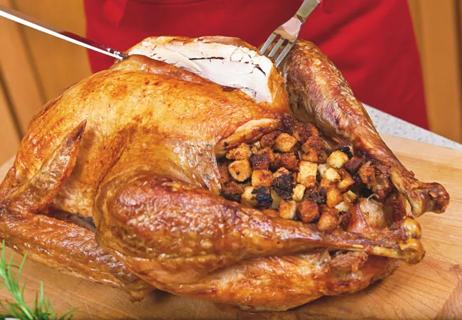When the guests go home, food clean up can be tricky

Ahhh, sweet summer time. A season filled with cookouts, patio parties and barbeques. But when you grill up more than you actually need, or party trays sit out for too long, it can be tough to know what’s safe to keep and what to pitch.
Advertisement
Cleveland Clinic is a non-profit academic medical center. Advertising on our site helps support our mission. We do not endorse non-Cleveland Clinic products or services. Policy
According to dietitian Lindsay Malone, RD, it’s best to start by taking a look at the clock and when you put the food out.
“For cookouts and barbeques, when you’re thinking about your leftovers, you probably shouldn’t save anything that’s been sitting out for more than two hours,” she says.
It’s important to avoid letting food get into what’s known as the ‘temperature danger zone’ ― which ranges from 40 to 140 degrees Fahrenheit. When food has been sitting out in that temperature range, it will begin to grow bacteria and there’s a higher likelihood of getting sick from eating it.
There are some food items that are likely able to be saved ― such as snacks like nuts or pretzels. If you have a vegetable tray, Malone says you can probably save most of it.
Items which shouldn’t be saved include pasta salad and potato salad. Malone says those items are more likely to grow bacteria, so you’re better off tossing it.
Malone recommends having a serving-strategy for parties and cookouts.
“If you’re having a large gathering, stick with smaller serving dishes. But have your backup in the fridge to pull out half way through, so that you can keep things at a good, healthy temperature,” she says. Likewise, if you’re serving things such as coleslaw, or salads with dressing, you can put the dressing on the side and let people decide how much they want to use. Malone says this will help keep moisture out of the dishes ― since moisture is where bacteria likes to grow.
Advertisement
When the party is over, be mindful not only of what you save, but how you pack it up.
“If you’re storing foods, you want to use shallow containers, and you want to bring the food to room temperature before it goes in the refrigerator,” says Malone. “Once it’s in the refrigerator, you have a window of about two to three days to eat leftovers.”
If you’re not sure if something is still good to eat ― use your senses. Inspect it for visible mold and smell it to see if it smells right ― and if in doubt, throw it out!
Advertisement
Learn more about our editorial process.
Advertisement

Color, texture, smell and expiration date all hold important clues

A guide to cooking or ordering in a restaurant

The great food storage debate

The short answer from a registered dietitian

"Better safe than sorry" applies here

The short answer from a dietitian

CHANGE ADDED NOW Lorem ipsum dolor sit amet. Non voluptatem quibusdam qui nobis laborum in animi autem est veritatis temporibus quo impedit eius. Quo possimus quaerat sit odio omnis est commodi consequatur vel assumenda itaque. I ADDED THIS JUST NOW CHANGE

Warning: A popular TikTok hack to extend the life of avocados could lead to food poisoning

Type 2 diabetes isn’t inevitable with these dietary changes

Applying a hot or cold compress can help with pain